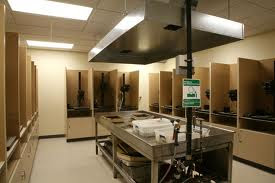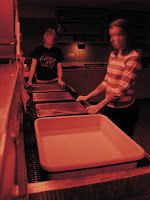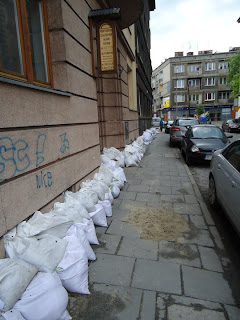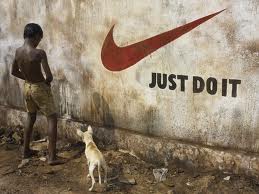How has digital technology changed the role of photography in society?
Photography was once seen as a socio-cultural symbol of wealth and status. Technology has made a tremendous improvement to society. It broke those barriers and allowed any one to gain access to a camera that will allow them to take picture.
 Technology has grown and advanced in the field of digital technology that there is no reason why anyone can’t take a great photo. With unlimited features on “point and shoot” cameras, we are now able to instantly take photos, edit, and send them anywhere in the world. This thread can also be seen in the printing process for pictures. We are now so advanced that photos can be printed within minutes. Express printing is so popular, that many people now own printer that have photo printing capability (Mesias). Technology has grown so rapidly that most of us now have cameras built into our mobile phones. The computer has also played a significant role in the aid of digital photography. It helps store information and allows users to move pictures and edit. Needless to say, the every growing technological advancement with computers matches that to digital cameras and the supporting programs that accompany them. The advancing technological development not only defies what photography once stood for, but has liberated this art form.
Technology has grown and advanced in the field of digital technology that there is no reason why anyone can’t take a great photo. With unlimited features on “point and shoot” cameras, we are now able to instantly take photos, edit, and send them anywhere in the world. This thread can also be seen in the printing process for pictures. We are now so advanced that photos can be printed within minutes. Express printing is so popular, that many people now own printer that have photo printing capability (Mesias). Technology has grown so rapidly that most of us now have cameras built into our mobile phones. The computer has also played a significant role in the aid of digital photography. It helps store information and allows users to move pictures and edit. Needless to say, the every growing technological advancement with computers matches that to digital cameras and the supporting programs that accompany them. The advancing technological development not only defies what photography once stood for, but has liberated this art form.On a creative and economic standpoint, digital photography has been a breeding ground for new artists, technicians and manufacturers. This technological phenomenon has created many jobs, not only for photographers, but for those in print, or developing camera accessories and printing products for home and professional use. Digital technology has also cut costs down. Chemicals, water and light sources are no longer needed to develop film from traditional cameras.
What has been the impact of digital photography on journalism?
Digital photography has made a great impact to journalism. Some would even say that it has improved journalism as a whole. It has allowed journalists to shoot a variety of pictures, try different techniques and monitor all of it as they work. It has also improved the working conditions of the average journalist. Digital cameras increase the speed fact of how fast digital pictures can be taken, uploaded and emailed to the office. It has allowed them to work on other projects, assignments. This increase in time avoids rushed work or compromised shots that may be taken because of deadlines (Halstead).
There isn’t a school today that doesn’t use digital photography as a main component or learning tool for aspiring journalists. This is most useful to those professionals as they can instantly review the shot they took, if satisfied, move on to the next shot. Journalists are limited on time, and having the instant satisfaction of knowing that a task is complete is well worth it.
There is a greater freedom or sense of empowerment for most journalists, as they now have more flexibility with their careers and aren’t trapped in the dark room during the finishing stages of an assignment.
Sources:
1. Mesias, J (2005) The Impact of Technology in Photography
2. Halstead, D (2003) The Digital Journalist survey on the impact of digital photography in photojournalism











